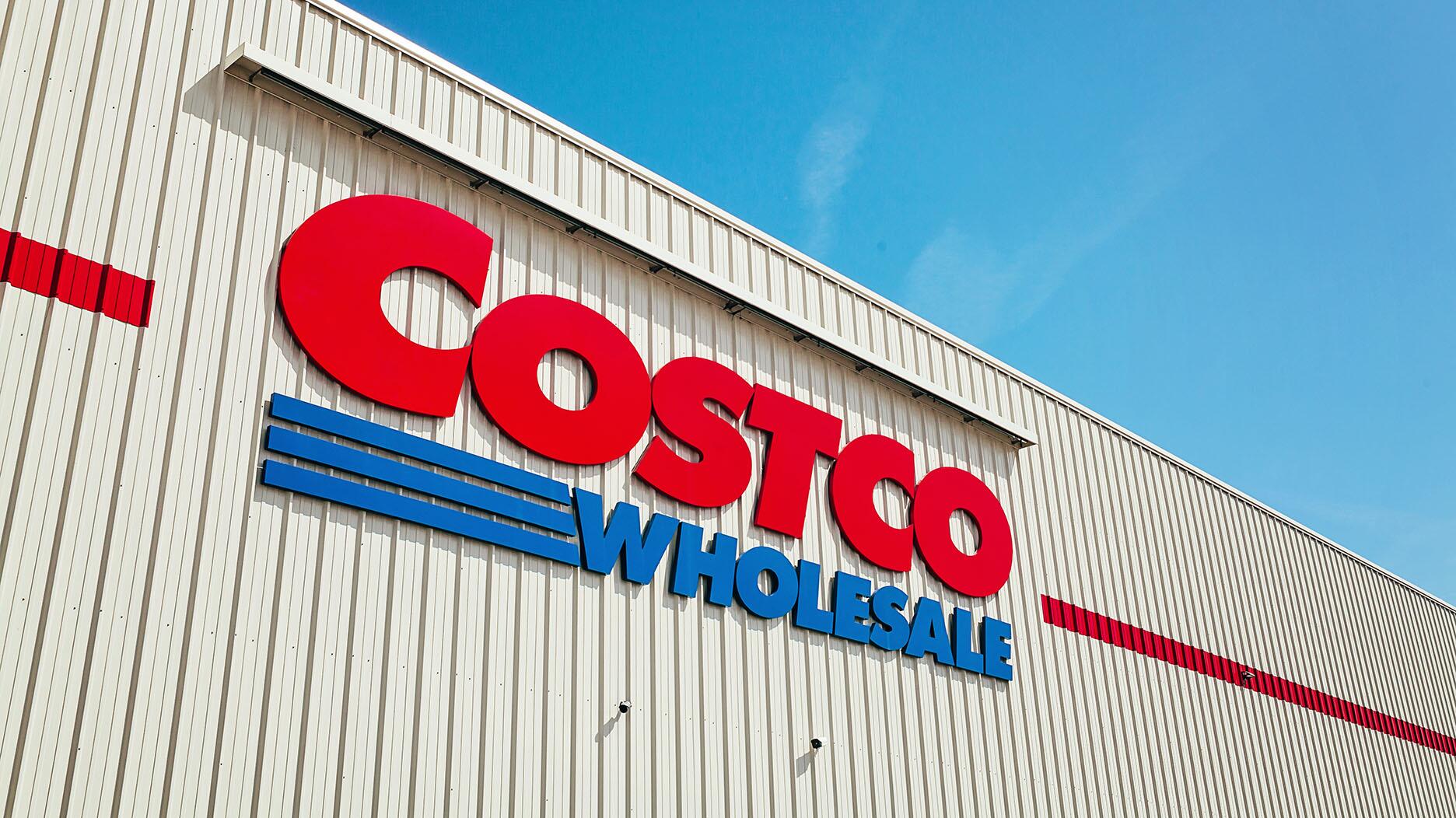Berta de Pablos-Barbier will replace Alexander Lacik at the start of January, two months earlier than expected.
FTC deals blow to trade’s request for ‘Made in USA’
Months after a number of trade organizations sent a request to the FTC asking for leniency on the “Made in the USA” label for recycled metals, the commission responded that all parts of a product must have originated in the country to be labeled as such.
New York--Months after a number of trade organizations sent a request to the FTC asking for leniency on the “Made in the USA” label for recycled metals, the commission responded that all parts of a product must have originated in the country to be labeled as such.
In June, the Jewelers Vigilance Committee, MJSA, Jewelers of America and the American Gem Trade Association, along with the Richline Group, sent a request to the Federal Trade Commission asking the body to allow jewelry made of metals recycled in this country to be labeled as “Made in the USA.”
The FTC’s current standard to advertise a product as such is that “all or virtually all” of the product must be made in the United States, meaning that all significant parts and processing that make the product must be of American origin. Marketers using the “Made in the USA” claim on advertising also must be able to substantiate that claim.
In their request, the trade organizations pointed out to the FTC that this can be difficult for products made of metal for a number of reasons, the first being that much of the metal used in jewelry manufacturing originally was mined in a foreign country.
Additionally, it is almost impossible to determine the origin of a metal once it has been refined or smelted.
RELATED CONTENT: Industry asks FTC for leniency on ‘Made in USA’
The organizations asked the FTC to focus on products made from metal that had been recycled in this country and to allow those to be advertised as “Made in the USA,” based on the idea that upon recycling, metal begins a new life cycle with a new origin in this country regardless of where it originally was mined.
In its response issued Sept. 9, the FTC said that unless a marketer can substantiate that all components of a product, including the natural resources, originated in the U.S., it shouldn’t advertise the product as “Made in the USA,” as that would be deceiving the consumer.
The FTC cited consumer research in its response that shows that almost three out of every five Americans believe that “Made in America” means that all parts of the product, including any natural resources that it may contain, originated in the United Sates.
The research also showed that 33 percent of consumers believe that 100 percent of a product must
The FTC added in its response that its staff is available to help “craft qualified claims that serve the dual purposes of conveying non-deceptive information to consumers and highlighting work done to recycle gold and other jewelry in the United States.”
The four trade associations and Richline said that they now are considering further steps, in accordance with the FTC’s response.
That response, as well as the original request, will be posted on the FTC’s website here.
Anyone with additional questions on “Made in the USA” matters can contact JVC Senior Counsel Suzan Flamm at suzan@jvclegal.org or 212-997-2002.
The Latest

Sotheby’s held its first two jewelry sales at the Breuer building last week, and they totaled nearly $44 million.

Winners will receive free registration and lodging for its fourth annual event in Detroit.

How Jewelers of America’s 20 Under 40 are leading to ensure a brighter future for the jewelry industry.

Here are six ideas for making more engaging content for Instagram Reels and TikTok, courtesy of Duvall O’Steen and Jen Cullen Williams.


The honorees include a notable jewelry brand, an industry veteran, and an independent retailer.

Carlos Jose Hernandez and Joshua Zuazo were sentenced to life without the possibility of parole in the 2024 murder of Hussein “Sam” Murray.

Roseco’s 704-page catalog showcases new lab-grown diamonds, findings, tools & more—available in print or interactive digital editions.

The New Orleans jeweler is also hosting pop-up jewelry boutiques in New York City and Dallas.

Set in a Tiffany & Co. necklace, it sold for $4.2 million, the highest price and price per carat paid for a Paraíba tourmaline at auction.

The jeweler’s “Deep Freeze” display showcases its iconic jewelry designs frozen in a vintage icebox.

Take luxury gifting to new heights this holiday season with the jeweler’s showstopping 12-carat sphene ring.

This year's theme is “Unveiling the Depths of the Ocean.”

In its annual report, Pinterest noted an increase in searches for brooches, heirloom jewelry, and ‘80s luxury.

Starting Jan. 1, customers can request the service for opal, peridot, and demantoid garnet.

The 111-year-old retailer celebrated the opening of its new location in Salem, New Hampshire, which is its third store in the state.

The new catalog features its most popular chains as well as new styles.

The filmmaker’s personal F.P. Journe “FFC” prototype was the star of Phillips’ recent record-setting watch auction in New York.

The new location in the Design District pays homage to Miami’s Art Deco heritage and its connection to the ocean.

Inflations, tariffs, and politics—including the government shutdown—were among consumers’ top concerns last month.

“Longtime favorite” presenters, as well as first-time speakers, will lead talks and workshops at the annual event in Tucson next year.

Silas Smith of Meridian Metalworks won the challenge with his pendant that blends Australian and American landscapes.

The sale of the 31.68-carat, sunset-hued stone was part of Sotheby’s first series of events and auctions in Abu Dhabi.

Most customers who walk into your store this month have made up their minds. Your job is to validate their choice, Emmanuel Raheb writes.

The collection features characters and motifs from Ukrainian folklore, including an enchanted mirror and a magic egg.

MatrixGold 3.11, the newest version of the jewelry design program, offers more flexibility, precision, and creative control.

The pavilion will be part of the 2026 JA New York Spring show, scheduled for March 15 to 17.



























